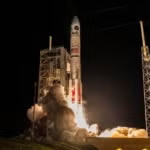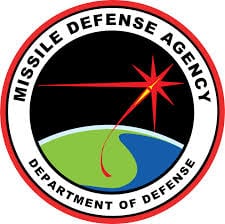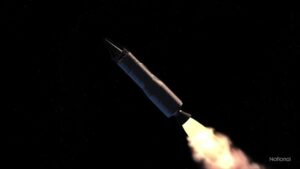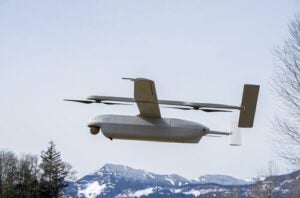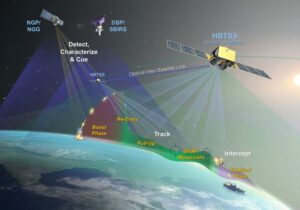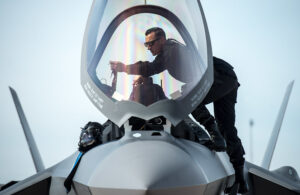
The U.S. Air Force plans to compete a requirement for the High-Fidelity Crew Station (HFCS) for the Joint Simulation Environment (JSE) for the Lockheed Martin [LMT] F-35. The 412th Electronic Warfare Group at Edwards AFB, Calif., is to use HFCS for JSE. F-35 JSE testing is part of the fighter’s initial operational test and evaluation (IOT&E), the successful completion of which is required for a Pentagon decision to authorize F-35 full-rate production. The F-35 program established JSE for F-35 in…





